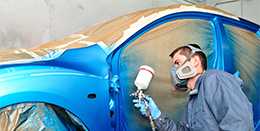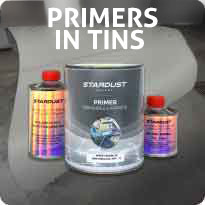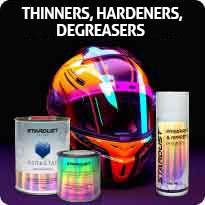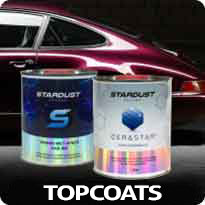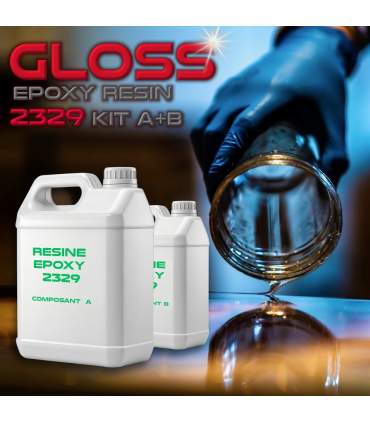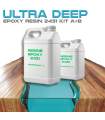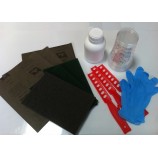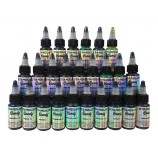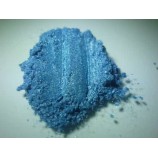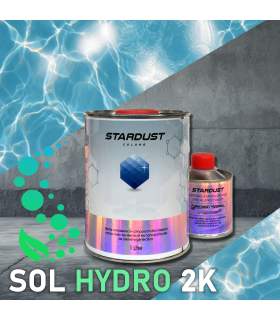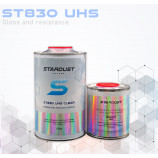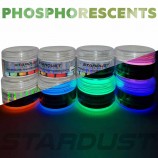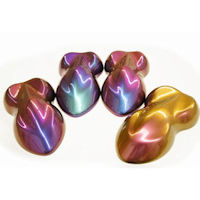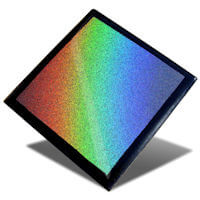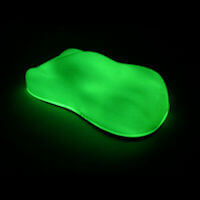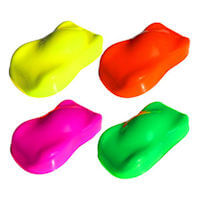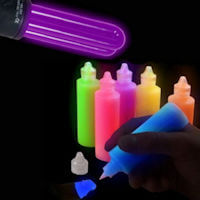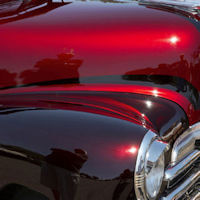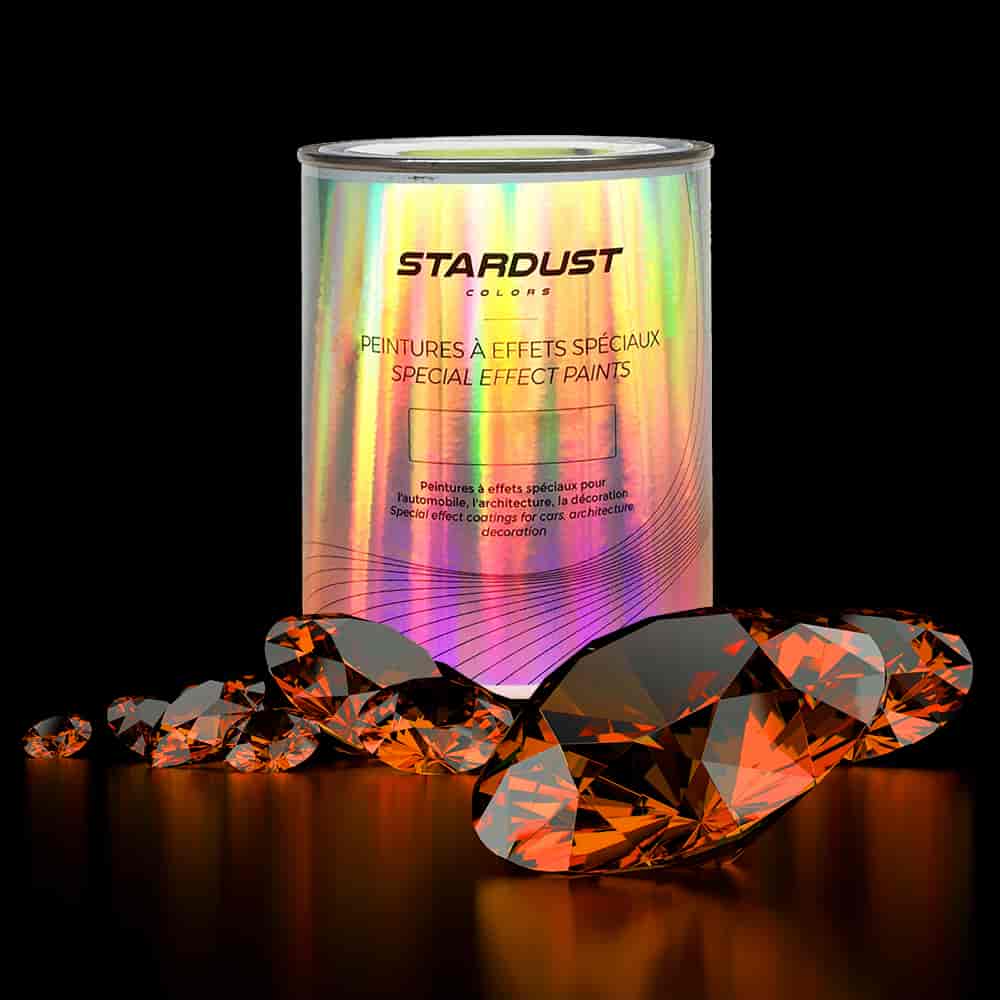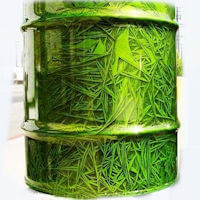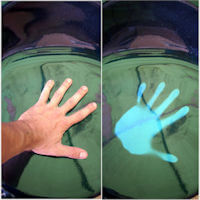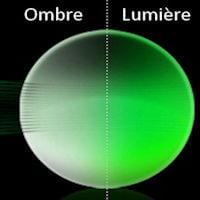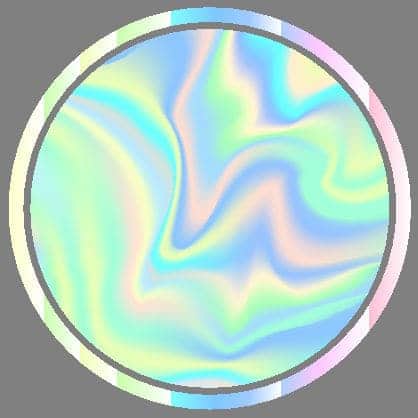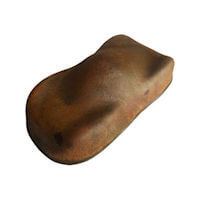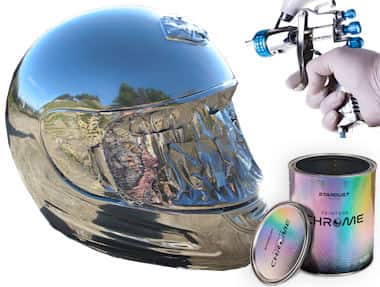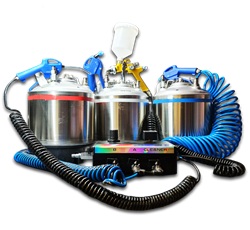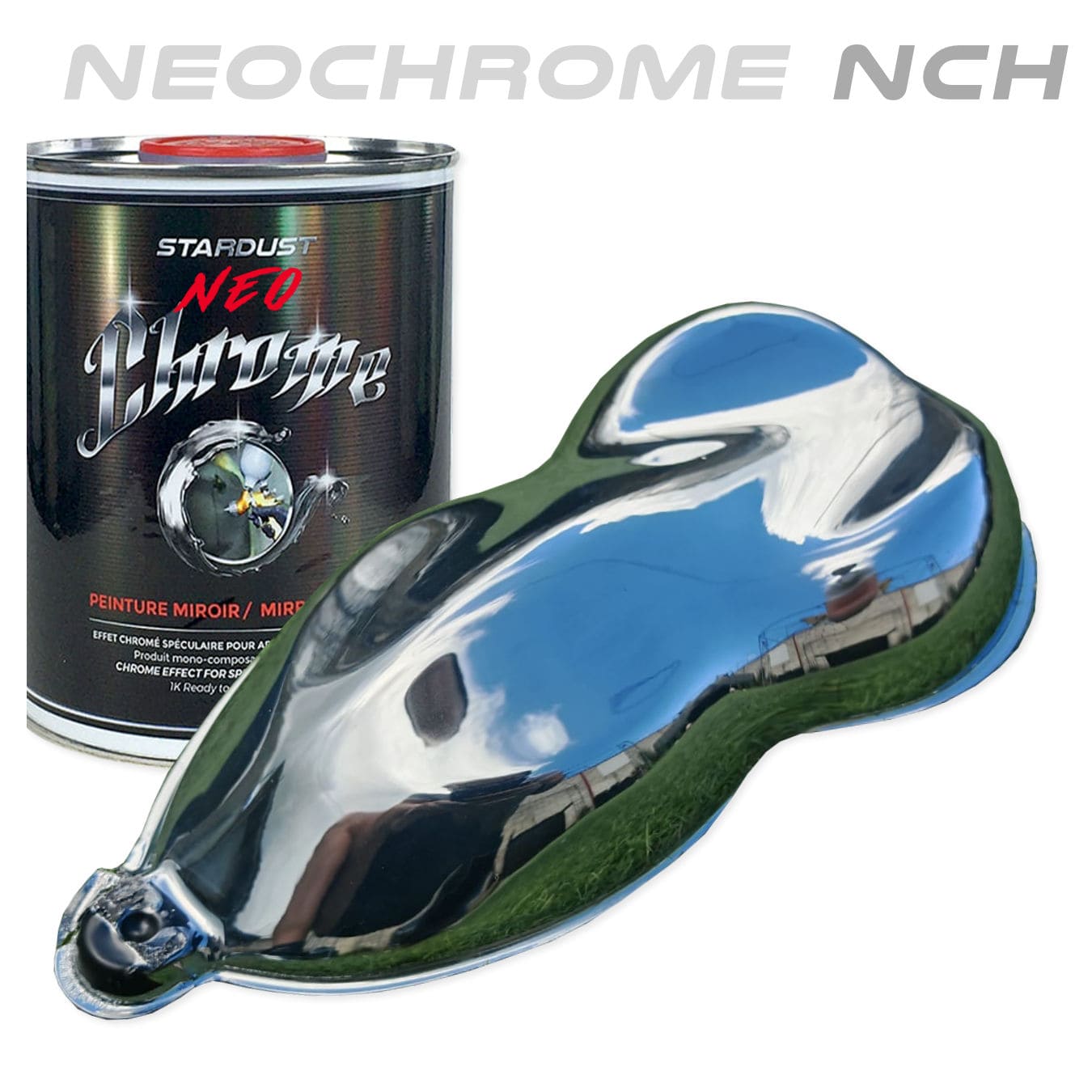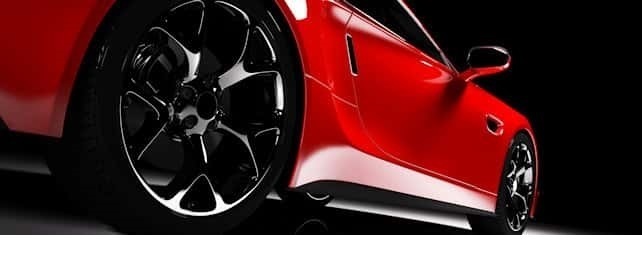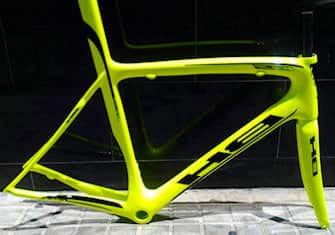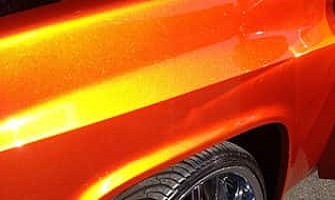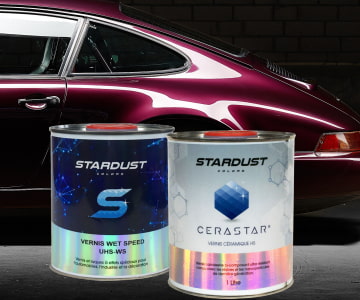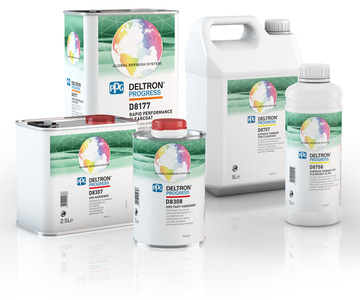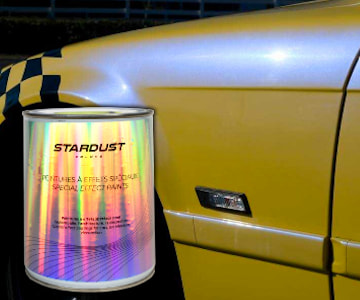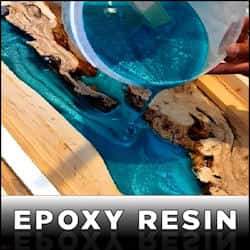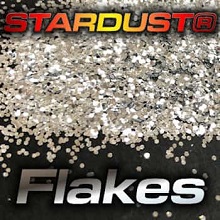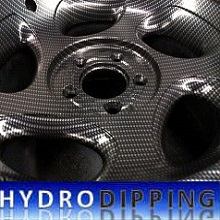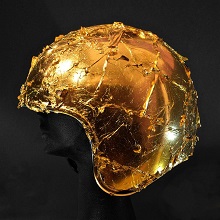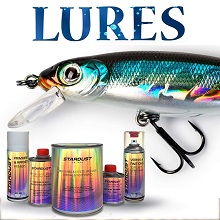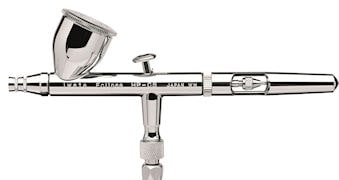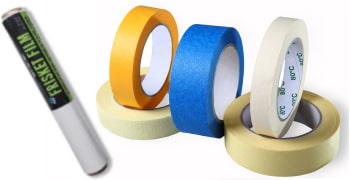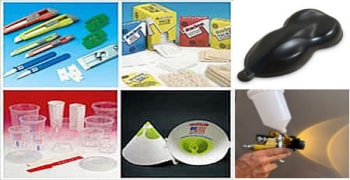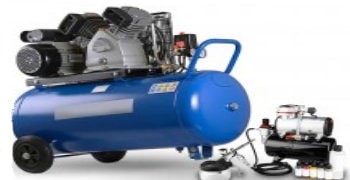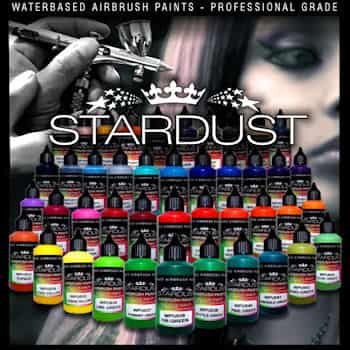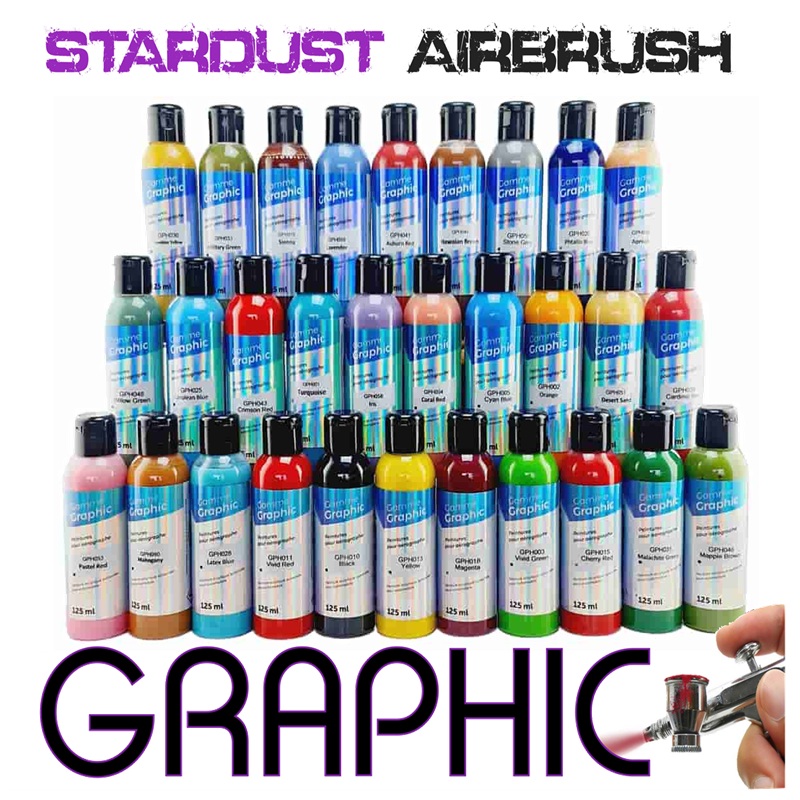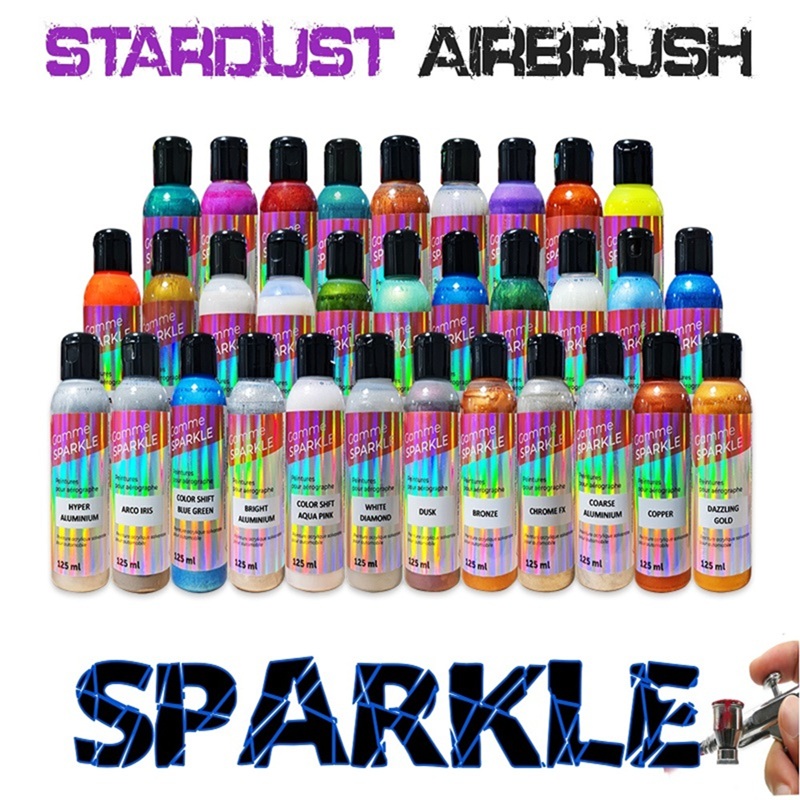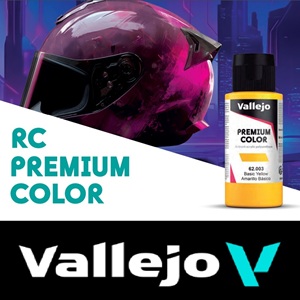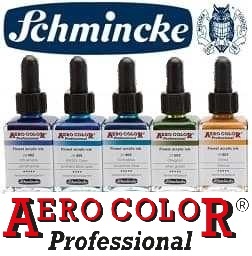High-Gloss Fast Epoxy Glazing Resin GLOSS-2329 1.5kg
Very High-Thickness Epoxy Resin Varnish 1.5kg Kit
Extra-hard, high-gloss epoxy resin, Excellent adhesion
(mixed by exact weight)
Currently in stock - 48-hour delivery
1.5kg Kit contains A 1.125kg + B 0.375kg
Epoxy resin for glazing and varnishing
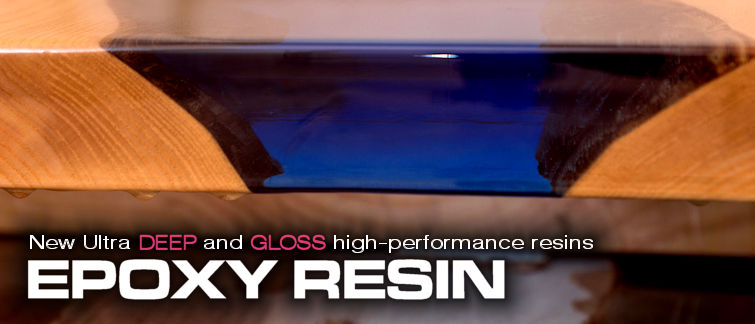
2329 GLOSS resin is a glazing resin that is applied in layers of 500 to 1000 g/m² (0.5 to 1 mm thick) maximum. It is not recommended to apply 2329 Gloss resin by pouring: the product must be worked with a brush so that the microbubbles of the mixture are evacuated by the brush bristles.
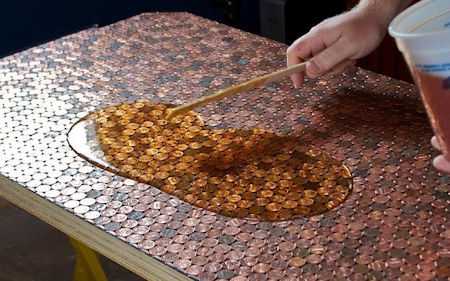
High-gloss transparency for finishing
Suitable for glazing statues, woodwork, instruments, bodywork, marine, equipment, industry, etc.
Dries at room temperature
Improves UV protection
Thickness of 0.1 to 0.5 cm*. A minimum thickness of 1 to 2 mm is required to allow the polymerization reaction. The thicker the coating, the faster it dries (and vice versa).
High-Thickness Epoxy Varnish Offer: 1.5 kg kit contains A 1.125 kg + B 0.375 kg. No dilution required.
*For a cylindrical or cubic volume (width = height)
Appearance: Translucent liquid
VOC: 0%
STARDUST GLOSS 2329 is an EPOXY coating system formulated to produce an extra-glossy, extra-thick topcoat with excellent UV resistance and abrasion resistance comparable to the best coating systems.
High-Thickness Epoxy Varnish is compatible with all surfaces and is suitable for all pieces that will be displayed indoors, such as sculptures, surfboards, and furniture. Long-term outdoor exposure is not recommended.
One coat is sufficient, given the thickness of this product. If a second coat is desired, sanding is required between coats, unless the second coat is applied before the first coat has dried.
With wood and other porous materials, we recommend working at lower temperatures to prevent air from escaping while the STARDUST GLOSS 2329 varnish dries.
To prevent air bubbles from escaping or becoming trapped, we recommend using a primer (see Primer category) or varnish beforehand.
The 1010 impregnating resin is particularly suitable for treating wood or concrete as a first coat.
MIXING:
It is important to do this very precisely.
Mixing Instructions
Mix by weight: (A) 1.125 kg + (B) 0.375 kg using a 0-3 kg electronic scale.
Example: A 113 g + B 38 g
or
Mix by volume: (A) 100 parts / (B) 39 parts
Example: A 200 ml + B 78 ml
The mixture must be stirred thoroughly to ensure homogeneity.
It is important to know that epoxy varnishes tend to heat up more quickly in a thick pot than in a thin film.
Therefore, to avoid an exothermic reaction, work with the required amount (no more) and work with an open pot.
INSTRUCTIONS FOR USE
The product is supplied ready-to-use and pre-measured. Mixing must be carried out using a precision digital scale, respecting the weight dosage indicated in this technical data sheet and on the product label. We recommend first weighing component A into a suitable container, then weighing the corresponding amount of component B.
Once this is done, stir vigorously using mechanical or manual means until completely homogenized (as a guide, one minute using mechanical means or two minutes by hand). Then apply to the surface to be treated according to the specific instructions for each case (consult), taking into account that the pot life of the mixture is limited (see pot life data).
VERY IMPORTANT: The dosage must not be changed under any circumstances!
APPLICATION
The standard procedure requires a spatula or brush. When varnishing with another layer (PU, Epoxy, etc.), it is necessary to create adhesion by deglazing (sanding).
Of course, the surface must be free of any grease or dust.
An ambient temperature of 18 to 25°C is ideal for facilitating mixing.
A lower temperature increases the viscosity and pot life of the mixture. Conversely, a higher temperature reduces its viscosity and pot life.
Mass Effect
Safety: Beware of violent reactions (heating, smoke release, etc.) if pouring too thick!
Read the technical data sheet at the bottom of the page regarding thicknesses and mass effect.
GLOSS 2329 resin is a highly reactive resin!
> Maximum thicknesses are specified for cylindrical shapes:
Example: a cylinder or cube 4 cm deep x 4 cm in diameter.
ng or varnishing on a river table, the pour width is much greater (e.g., 100 cm).
In these cases, we recommend not exceeding 0.2-1 cm in thickness, and proceeding in several pours.
Customer Question:
I've never used epoxy varnish. Do you think it can match a 2K base coat, or is it even better in terms of finish? (Even if you have to apply two coats after sanding!?)
Answer:
Yes, it can match a car body varnish in terms of gloss and hardness. It's much thicker (100µm dry per coat!) and can only be applied with a brush or spatula. It's useful for quickly covering metal flakes, or for varnishing thick wood, for example. However, this epoxy varnish should be refinished with a standard car body varnish, as it is sensitive to UV rays, and the car body varnish provides UV protection.
Q: Hello, I'd like to know if the epoxy varnish package includes a hardener? And a thinner, if necessary (I haven't read anything about this).
A: The Epoxy Varnish kit offer
contains all the necessary products in exact quantities, namely:
1000g of Epoxy Varnish resin + 380g of its hardener
Q: Is it possible to add candy to it?
A: The concentrated candy products we offer are compatible with Epoxy varnish.
Q: How much does Epoxy varnish cover on the surface with one 1.38L kit?
A: Epoxy varnish is not like other body varnishes: When applied, it dries and hardens without any evaporation. Containing 0.00% solvent, what is applied wet is what remains once dry, unlike a car varnish, where 40 to 60% of the content evaporates. We can therefore calculate the coverage in m² of the epoxy varnish based on its volume: 1 kg = 1 L = 1 dm³, representing a 1 mm dry layer (i.e., 1000 µm) on 1 m² or 0.1 mm (100 µm dry) on 10 m².
This is a record, considering that a car varnish can create a 25 µm dry layer on 12 m².
Question:
How do I paint 2329 Gloss Epoxy varnish on a vertical surface?
Answer:
As with the horizontal application, use a brush, starting from the bottom up at the end of the coat. Do not finish by pulling the brush horizontally, as this will create streaks.
You may need to apply several coats because the vertical application is less effective. Alternatively, wait until the first coat has set and then reapply a second. Otherwise, you can wait until the first layer is fully cured, then sand with a 100-120 grit sandpaper to deglaze and create adhesion for the second layer.
How do I calculate the volume of a pour?
Two solutions:
- Calculate the height x length x width in cm
1000 cm3 = 1 liter
or
- Pour volumes of rice/lentils into the voids to calculate these volumes approximately
The volume of liquid resin yields the same volume of resin after drying.
Question:
Your resin "High Thickness Epoxy Varnish 2329 Gloss - Epoxy Glazing Resin" seemed perfect, but I read in the description that it was not recommended for outdoor use. How can I overcome this problem (yellowing?), or what other resin would be more suitable?
Answer
Generally speaking, not all epoxy resins are very UV resistant.
Among all epoxies, 2329 Gloss resin is the most UV resistant.
The problem of slight yellowing probably doesn't arise when applying the resin to a black or dark background.
Furthermore, it is possible to protect epoxy resin with a UV-resistant varnish.







